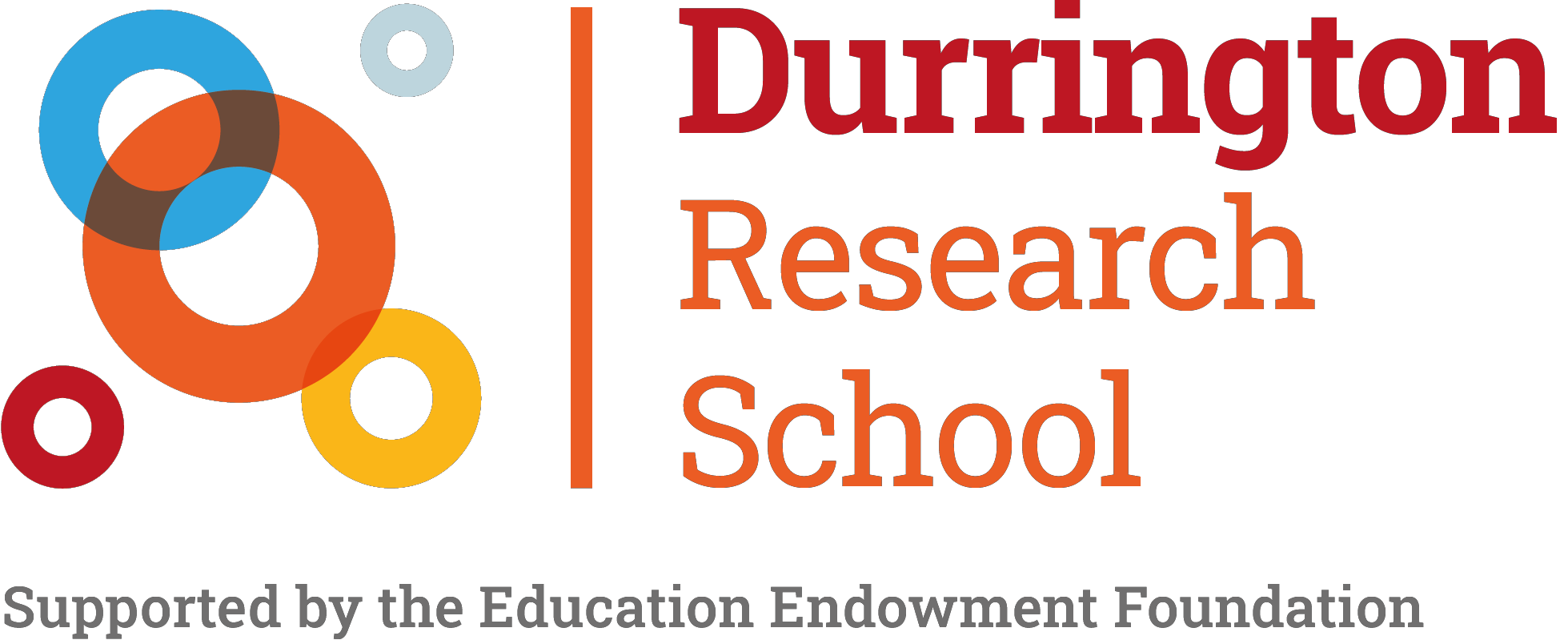
Research School Network: Read and Repeat: How Every Teacher Can (And Should) Be A Teacher of Reading Fran Haynes explains how all teachers can explicitly teach reading
—
Read and Repeat: How Every Teacher Can (And Should) Be A Teacher of Reading
Fran Haynes explains how all teachers can explicitly teach reading
Share on:

by Durrington Research School
on the
Teaching reading is an emotive topic. Whilst it is difficult to think of a teacher who wouldn’t value reading as critically important, it is often the case that it can be difficult to see where it fits into subject content teaching. Fortunately, there are evidence-informed ideas available for how busy teachers can neatly fit one crucial aspect of reading, fluency, into their lessons in effective but not overwhelming ways.
What is reading fluency?
A fluent reader is one who can read with accuracy (decoding words correctly), automaticity (reading words at an appropriate speed without too much effort) and prosody (using appropriate intonation and emphasis).
The fluency rubric below from Rasinsky gives a useful outline of how readers sound at different stages of fluency

Why is reading fluency important?
Multiple scientific studies have shown that fluency is a crucial element of reading but its role in the reading process is not easy to define. As Shanahan explains, automaticity is important because being able to decode words without thinking frees up cognitive space for understanding meaning. For very young readers, teaching oral reading fluency is likely to support learning how speech maps onto print and vice versa. For slightly older readers, it could support decoding and for primary-aged readers, an explicit focus on oral reading fluency seems to consolidate reading comprehension although, importantly, the positive impact goes well beyond the primary stage. There are also some studies that suggest positive results from teaching reading fluency on struggling readers and, significantly, the same results have been found in non-struggling readers, thus suggesting it can be a comprehensively beneficial approach.
Repeated readings: A reading strategy that all classroom teachers can use
Shanahan advocates a wide-reaching approach to reading instruction that encompasses different elements, for example phonics, decoding, writing etc. One of the approaches that Shanahan also highlights is to focus on oral reading fluency through repeated reading, which is a method specifically develop to improve readers’ automaticity. Repeated Reading (with capital Rs) was developed by S J Samuels and involves asking students to read aloud short texts (50 – 200 words) until they reach a certain level of speed and accuracy. However, as Shanahan says, ‘research shows there are many ways that teachers can successfully exploit the idea of repeated oral reading’ and uses the lower case ‘r’ to refer to these. This is what Shanahan suggests:
Read texts, as Samuels suggested, of 50 – 200 words
There are many lessons in which shorter texts of these types are already being read in one way or another, be it from text books, resources, or examination papers.
Read texts that are at students’ ‘frustration’ level
A few mistakes are about right (Shanahan says about 10 per one hundred words) but any more or less than this and the repetition is unlikely to benefit the students’ reading.
Students read the text aloud three times and then move on
This could be done through:
- paired reading – students read to each other in pairs as the teacher circulates and listens;
- echo reading – the teacher reads aloud and the students repeat after. This approach pays special attention to prosody, and students can use ‘text marking’ to help them remember where emphasis is given etc.;
- Choral reading – the whole class read together.
Comprehension questions
Often, teachers follow with a comprehension question or task. Shanahan says this is fine as in terms of reading it is the repetition that is important. To make the reading practice work efficiently with subject-content teaching, it may well be a good idea.
Silent reading also matters
Smaller studies indicate that scaffolded silent reading may also improve fluency and likewise, practice in oral reading fluency through methods such as repeated reading can also improve fluency during silent reading, so it is probably a good idea to incorporate both.
Round robin is best left out
As Shanahan explains, using an approach where students take it in turns to individually read aloud is not ideal. When this happens in a classroom, most students do not read very much, it is very unlikely that there will be any repetition and some students will refuse to read aloud, which is a much rarer occurrence when all students are reading together.
References:
https://www.readingrockets.org/blogs/shanahan-literacy/everything-you-wanted-know-about-repeated-reading
https://www.shanahanonliteracy.com/blog/wake-up-reading-wars-combatants-fluency-instruction-is-part-of-the-science-of-reading#sthash.23mG065X.NlsMCLOC.dpbs
https://www.timrasinski.com/presentations/article_why_fluency_shd_be_hot__rt_may_2012.pdf
https://educationendowmentfoundation.org.uk/news/eef-blog-shining-a-spotlight-on-reading-fluency
https://communityreading.org/documents/Samuels(1979)reprint_Repeated_Reading.pdf
By Fran Haynes
More from the Durrington Research School
Show all news

The Evidence Base behind Attendance Interventions
The importance of attendance means that there is a growing demand for a review of the research into attendance interventions.

Metacognition and self-regulation in geography
Head of geography Sam Atkins explains how he has been helping students develop their metacognitive regulation .